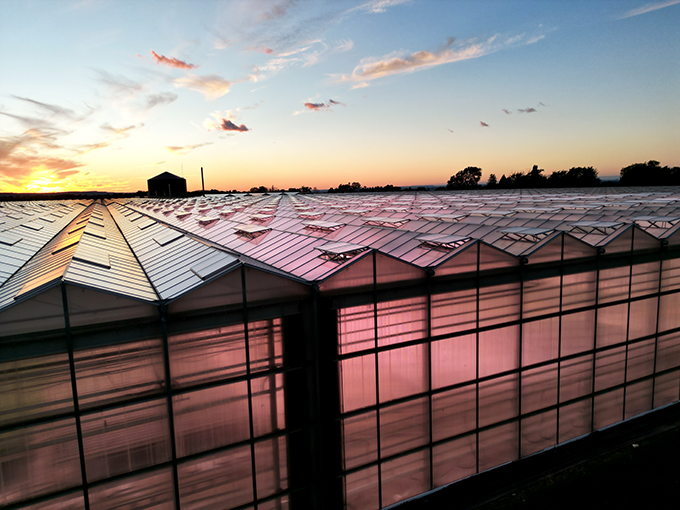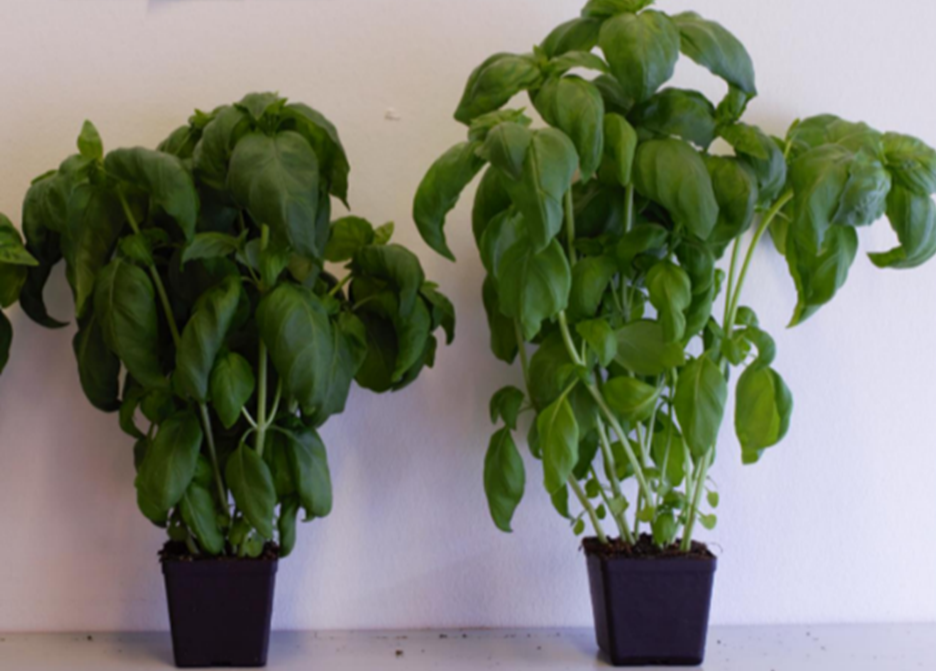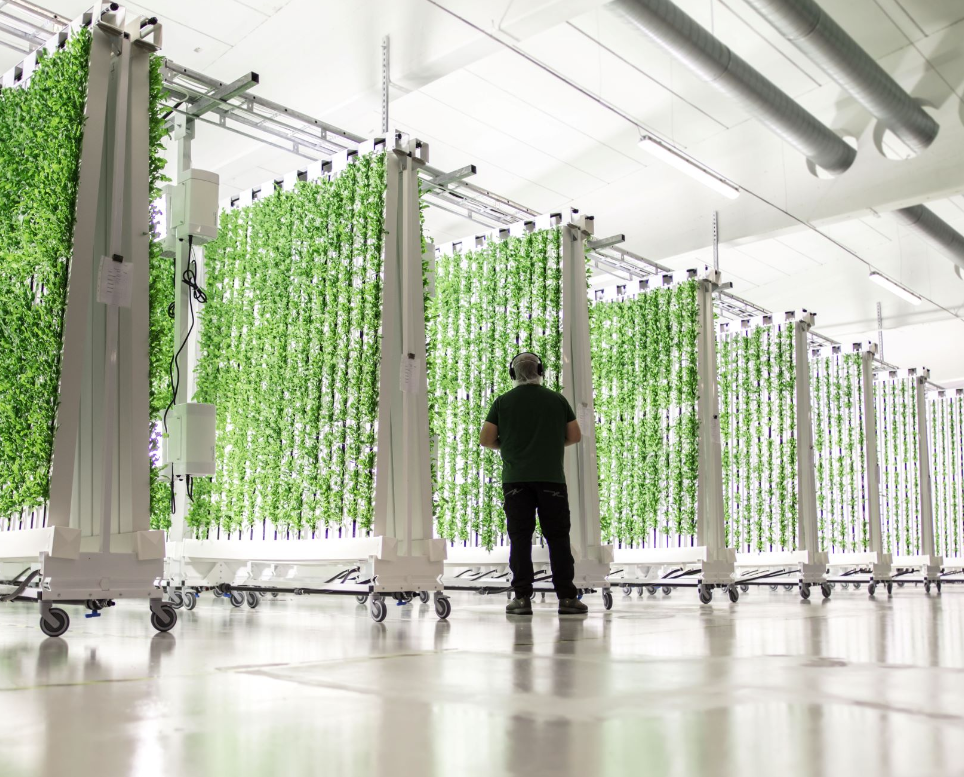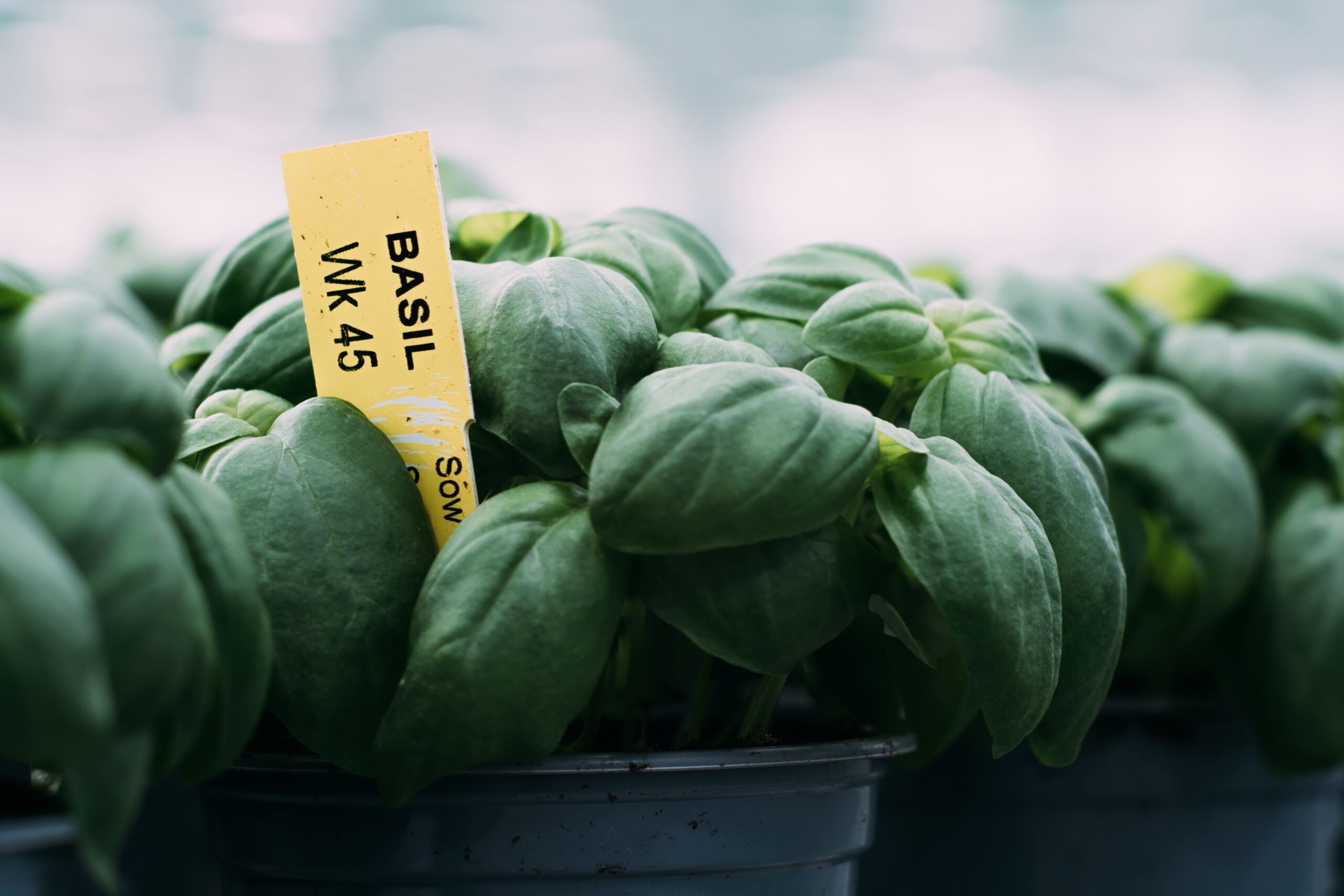Research
Articles
Grow light efficacy has been a hot topic over the last few years. Although efficacy metrics are very important when choosing a grow light, we want to emphasize the importance of understanding what may lay behind the photosynthetic photon efficacy (PPE) number. Grow light efficacy may not always mean optimum growth efficacy when it comes to your plants.
Learn more about why University and Agtech Institutions choose Heliospectra >>
Plants grow healthily and most efficiently under a balanced light spectrum. When it comes to LED lighting, this type of spectrum is often referred to as full-spectrum LED, which is in contrast to the more conventional narrow-spectrum LED alternative. It is especially crucial to provide well-balanced lighting conditions to plants grown under sole-source LED lighting.
LED grow lights with a spectrum optimized for plant growth may not excel in PPE due to the PPE variations among LED elements in different colors. PPE does not include the photons outside of photosynthetically active radiation (PAR). PAR consists of the blue, green and red spectral range (400-700 nm). Generally, a grow fixture with a high content of red light has high PPE due to the high efficiency of red LEDs. It is, therefore, not uncommon for fixtures with the highest PPE to have a spectrum with high red content (90-95%) and some blue content (5-10%).
However, far-red (FR) light (700-800 nm), which lies outside of PAR and is thus not included in PPE calculations, has a positive effect on plant development, architecture, and flowering as shown in numerous research papers. Therefore, we wanted to compare the overall growth efficacy (g/kWh) of LED grow lights with a spectrum optimized for plant growth versus LED grow lights with a spectrum targeted for higher PPE.
Comparing Growth Efficacy: A Spectrum Optimized for Plant Growth vs a Spectrum with Higher PPE
Two adjustable-spectrum LED grow lights were tuned to have an equal power consumption of 275 Watts but with different spectral outputs. One light was tuned to have a spectral output only within the PAR range; referred to as “PAR”. The second light had the same spectral ratios within PAR as that in “PAR”, but with some of the output replaced by FR, referred to as “PAR+FR”. The photosynthetic photon flux density (PPFD) output was 6.8 % higher in “PAR” than in “PAR+FR”. The PPE efficacy was 6.1 % higher in “PAR”.
We studied basil in the two different light environments, beginning 7 days after seeding for a span of 25 days. After the 25 days, pots of basil containing 10 plants each were measured. We collected data for the average plant height and fresh biomass weight. This experiment was repeated three times and averages were calculated.
Results
The difference in height was clearly visible. The basil grown under “PAR+FR” was taller than the basil grown under “PAR”. The results showed that plants grown under the “PAR+FR” spectrum were larger in size and had higher biomass than the ones grown under the “PAR” spectrum, despite the lower PPF output from the “PAR+FR” spectrum. The growth efficacy (gram/kWh) was 10% higher in the “PAR+FR” treatment compared with the higher PPE “PAR” light treatment.


Even though the “PAR” spectrum showed a 6.1% higher PPE efficacy and 6.8 % higher PPFD, the basil grown under “PAR+FR” had a 10 % increase in biomass, 28% increase in height, and 10% increase in growth efficacy.
Summary
The results indicate that the PPE of a grow light is not an accurate way of describing performance if the spectrum is not balanced and optimized for plant growth. Plant performance-focused metrics, such as growth efficacy, should be emphasized when describing grow light efficacy.
If you are looking for high-quality, broad-spectrum LED lighting solutions optimized to shine the most effective light on your crops, we’re here to help.
Get in touch with us!
From custom light planning, to tailored quotes, and everything in between,
our team of horticulture experts are always ready to assist.







